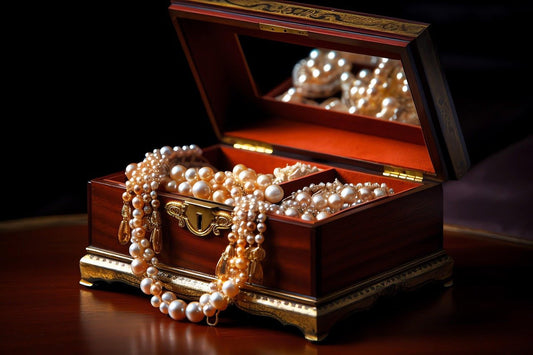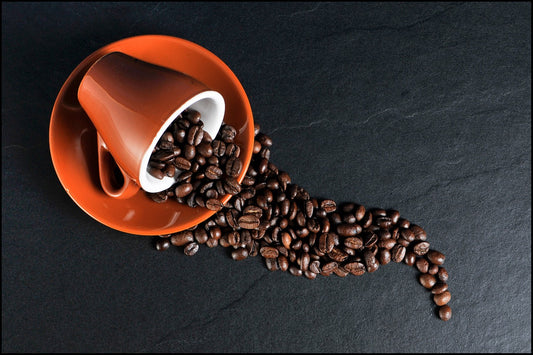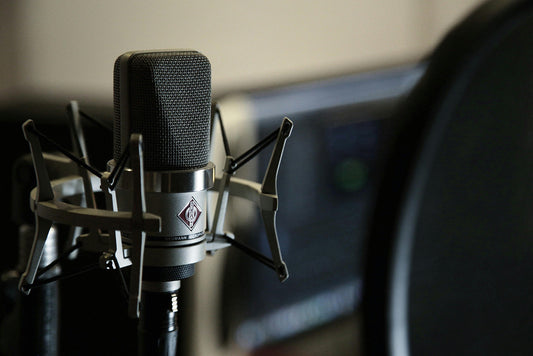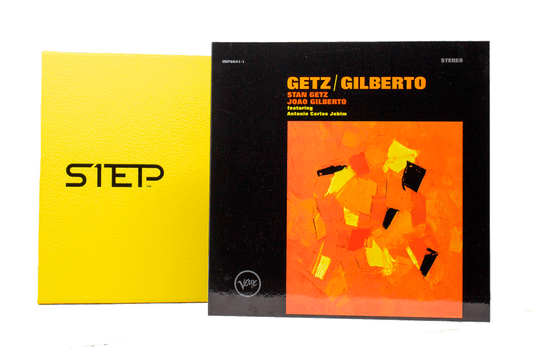Computer Audiophiles
by Paul McGowan
Chris Connaker, the founder and head of Computer Audiophilesent a note out that the webzine just turned 4 years old and hit 200,000 unique visitors. Quite an accomplishment and our congratulations to Chris and the crew.
I bring this to your attention because it wasn't too long ago the words "computer" and "Audiophile" would have been unthinkable together. My how things have changed.
At the same time Computer Audiophile was started, we began engineering the PWD and Bridge - some of the very first high-end connected audio products ever - a mere 2 years later we launched the products and today I'll bet there are only a handful of high-end companies not working on getting into the connected audio scene.
It took decades to get transistors accepted and months to get computers into our circle.
That rate of change is simply stunning.
I can't wait to see what's around the corner.
- Choosing a selection results in a full page refresh.
- Opens in a new window.








